
Sustainable Practices at Succulent Events: Going Green
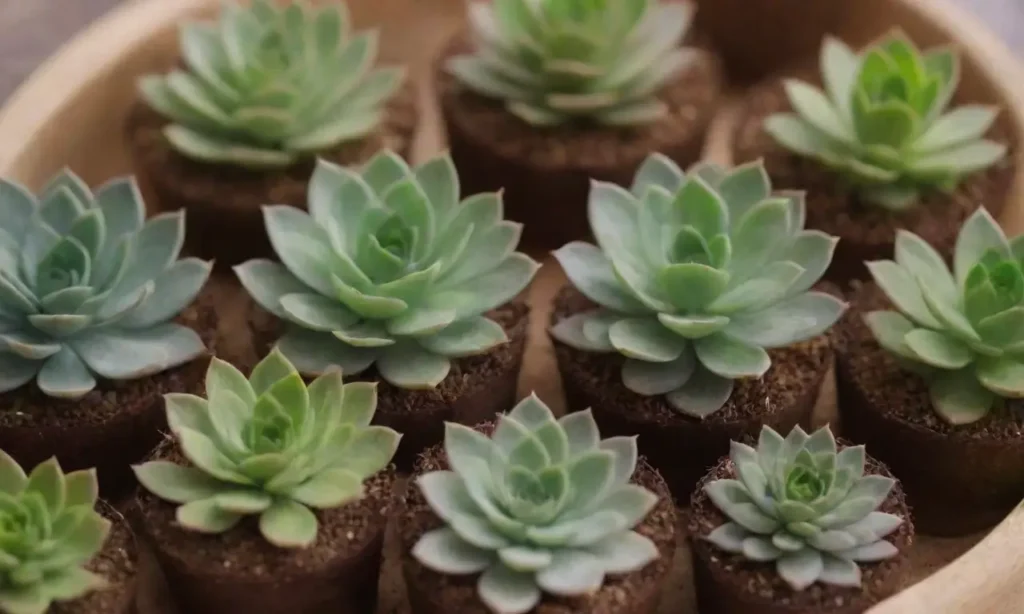
Introduction
In recent years, there has been a growing awareness regarding the impact of human activities on the environment, leading to a significant shift towards sustainability across various industries. The floral and gardening events sector is no exception, as organizers strive to adopt eco-friendly practices that not only minimize their carbon footprint but also promote a culture of environmental responsibility among attendees. Among these gatherings, succulent events have rapidly gained popularity due to their charming aesthetic, diversity, and low maintenance requirements. This article explores the sustainable practices adopted at succulent events, highlighting how organizers can foster a greener approach while still celebrating these unique plants.
This piece will delve into different sustainable practices employed at succulent events, discussing eco-friendly sourcing, waste management, educational initiatives, and community involvement. We'll explore how these practices contribute to a more sustainable future for horticulture and event management, while also enhancing the attendee experience. By the end of this article, readers will have a comprehensive understanding of how to organize and participate in succulent events that prioritize sustainability, paving the way for more environmentally conscious gatherings.
Eco-Friendly Sourcing of Succulents
When it comes to organizing succulent events, one of the most critical aspects is ensuring that the succulents themselves are sourced sustainably. This means prioritizing local growers and nurseries that adhere to environmentally friendly practices. By selecting native plants and locally sourced succulents, event organizers can significantly reduce the carbon footprint associated with transportation and cultivation, promoting biodiversity within their communities.
Additionally, an increasing number of nurseries are implementing sustainable practices in their cultivation processes by using organic methods. This includes avoiding harmful pesticides and fertilizers that could negatively affect local ecosystems. Event organizers can showcase these local growers during succulent events, providing a platform for them to share their sustainable techniques and educate participants about the benefits of organic gardening. By supporting these sustainable nurseries, succulent events indirectly promote environmental stewardship and foster connections in the local plant community.
Another important aspect of eco-friendly sourcing is the consideration of native succulent species. Promoting the use of native plants helps preserve local flora and fauna, as they are adapted to the specific climate and soil conditions of the area. Organizers can collaborate with local botanical gardens or conservation groups to identify which succulent species are native to the region, ensuring that their event aligns with ecological principles. This not only enhances the aesthetic appeal of the event but also encourages attendees to appreciate and support local biodiversity.
Waste Management Practices
Effective waste management is a cornerstone of any sustainable event. At succulent gatherings, this involves minimizing waste generation through strategic planning, recycling, and composting initiatives. Event organizers can incorporate zero-waste principles into their planning process by assessing potential waste streams and developing strategies to divert materials from landfills.
One effective strategy is to reduce single-use items during the event. For instance, instead of disposable plates and cutlery, organizers can encourage the use of compostable or reusable options. Offering drinks in bulk rather than individual bottles is another method to minimize packaging waste. To spread awareness about waste reduction, organizers can provide educational signage throughout the event, thereby encouraging participants to adopt sustainable practices in their daily lives.
 A Look Back at Iconic Succulent Events of Recent Years
A Look Back at Iconic Succulent Events of Recent YearsMoreover, composting is a fantastic way to manage organic waste generated during the event. Any leftover plant material, food scraps, and biodegradable items can be collected and composted, creating nutrient-rich soil amendments for future gardening endeavors. Event organizers can partner with local composting facilities to ensure that all organic waste is appropriately processed. This highlights a practical solution for waste reduction while also providing a resource for local gardening efforts post-event.
Another important aspect of waste management is the implementation of a recycling program during the event. Event attendees can be encouraged to separate their recyclables from general trash by providing clearly marked bins strategically located throughout the venue. Organizers can work with local waste management authorities to ensure that all recyclable items are properly processed. This not only minimizes landfill waste but also raises awareness about the importance of recycling among participants—an essential consideration for creating a greener future.
Educational Initiatives and Workshops
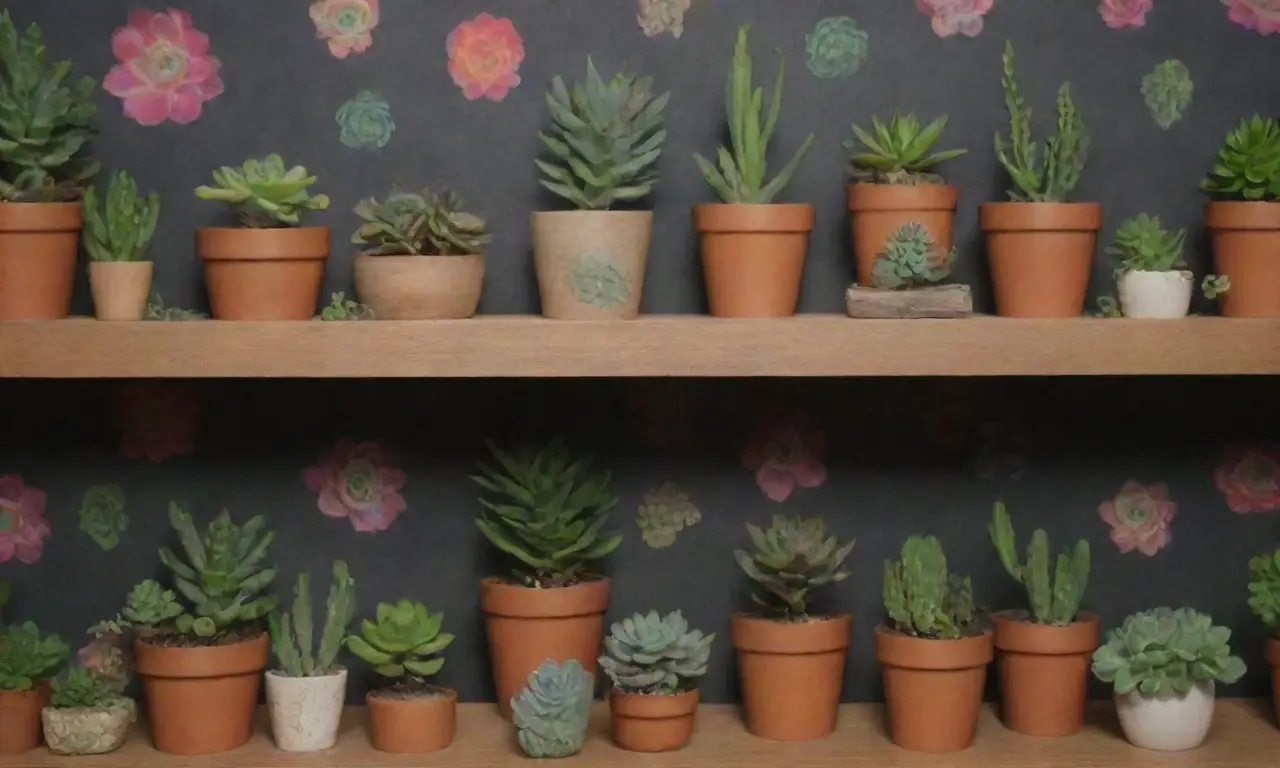
Education is a fundamental pillar of promoting sustainable practices at succulent events. By offering workshops and informational sessions, organizers can help attendees understand the environmental impact of horticultural practices, as well as how to care for succulents in a sustainable way. These sessions can range from teaching participants about the importance of water conservation when caring for these resilient plants, to educating them on sustainable pest management solutions.
The more knowledgeable attendees become about sustainable practices, the more likely they are to adopt these techniques in their gardening endeavors. By providing insights into practices such as using organic fertilizers or companion planting, organizers can inspire attendees to incorporate sustainable gardening practices into their homes. This investment in education not only elevates the overall experience of the event but contributes to cultivating a community of environmentally conscious gardeners.
Moreover, partnering with local experts, botanists, or sustainable gardening organizations can enrich the educational offerings at the event. Guest speakers can share innovative practices, engage in Q&A sessions, and provide valuable resources for attendees to take home. These community connections help build a network of support for sustainability that reaches beyond the event itself.
Another initiative could include hands-on workshops where attendees create their own succulent arrangements while learning about responsible sourcing and care. This interactive approach fosters a deeper connection with the plants, encouraging participants to appreciate their beauty while understanding their role in a sustainable ecosystem. Attendees could be informed about local businesses that supply eco-friendly materials, thus further supporting the local economy and encouraging sustainable consumer habits.
 Succulent Enthusiasts Unite: Annual Global Gathering
Succulent Enthusiasts Unite: Annual Global GatheringCommunity Engagement and Involvement
A successful sustainable event fosters a sense of community and encourages local involvement. Organizers can collaborate with community groups, local non-profits, and schools to create an inclusive and engaging environment for attendees. By promoting volunteer opportunities before, during, and after the event, organizers can inspire attendees to take an active role in sustainability initiatives, making it a truly community-driven experience.
Involving local schools can be particularly impactful, as students can participate in hands-on gardening projects or educational campaigns leading up to the event. This encourages the younger generation to develop a sense of responsibility towards the environment and gives them an opportunity to connect with nature. Workshops can be tailored specifically for children, allowing them to learn about plant care, sustainability, and the importance of biodiversity in a fun and engaging way.
Moreover, offering participation opportunities for local artists fosters a vibrant atmosphere at succulent events. Artists can showcase their eco-friendly crafts or botanical artwork, drawing attention to the relationship between art and nature. By emphasizing the importance of supporting local creatives and underscoring the beauty of plants, organizers can create a community-centered experience that resonates with many attendees.
Furthermore, engaging local non-profits emphasizes the importance of a collaborative effort towards achieving sustainability goals. Event organizers can partner with environmental organizations to create awareness campaigns related to the significance of native succulents. By involving the community as well as addressing environmental issues, succulent events can have an even greater impact on promoting sustainable practices and support initiatives that transcend the event itself.
Conclusion
Sustainability is not just a trend; it is an essential approach to contemporary event planning, particularly in the context of gardening and horticulture. By incorporating eco-friendly sourcing, waste management practices, educational initiatives, and community involvement, succulent events can lead the way toward a more sustainable future. Organizers play a crucial role in modeling responsible behavior, while attendees can learn and adopt practices that benefit not just their personal gardening journeys, but the environment at large.
Ultimately, the goal of sustainable practices at succulent events is to create a ripple effect that promotes environmental awareness and fosters a culture of sustainability. When attendees leave an event equipped with knowledge, tools, and inspiration for sustainable gardening, they become ambassadors of eco-conscious living. Each small action translates into a broader movement towards protecting our planet and appreciating its natural beauty.
As we embrace sustainability at succulent events, let us strive to cultivate a deeper relationship with nature, recognizing our responsibilities as stewards of the environment. By going green, we not only enhance our enjoyment of these remarkable plants but also create a legacy that will nurture future generations—ensuring a world where beauty and sustainability coexist harmoniously.
 A Guide to the Annual Succulent Exhibition in Your City
A Guide to the Annual Succulent Exhibition in Your CityIf you want to read more articles similar to Sustainable Practices at Succulent Events: Going Green, you can visit the Succulent events category.

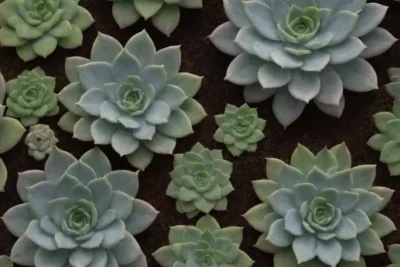
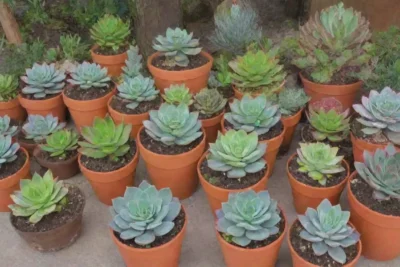
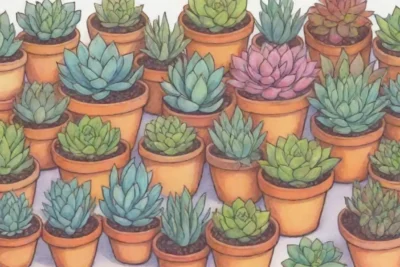
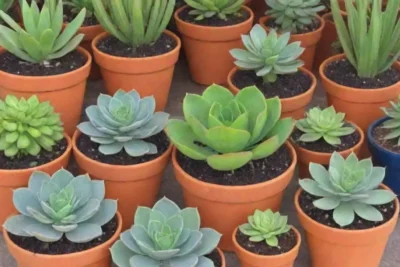
You Must Read